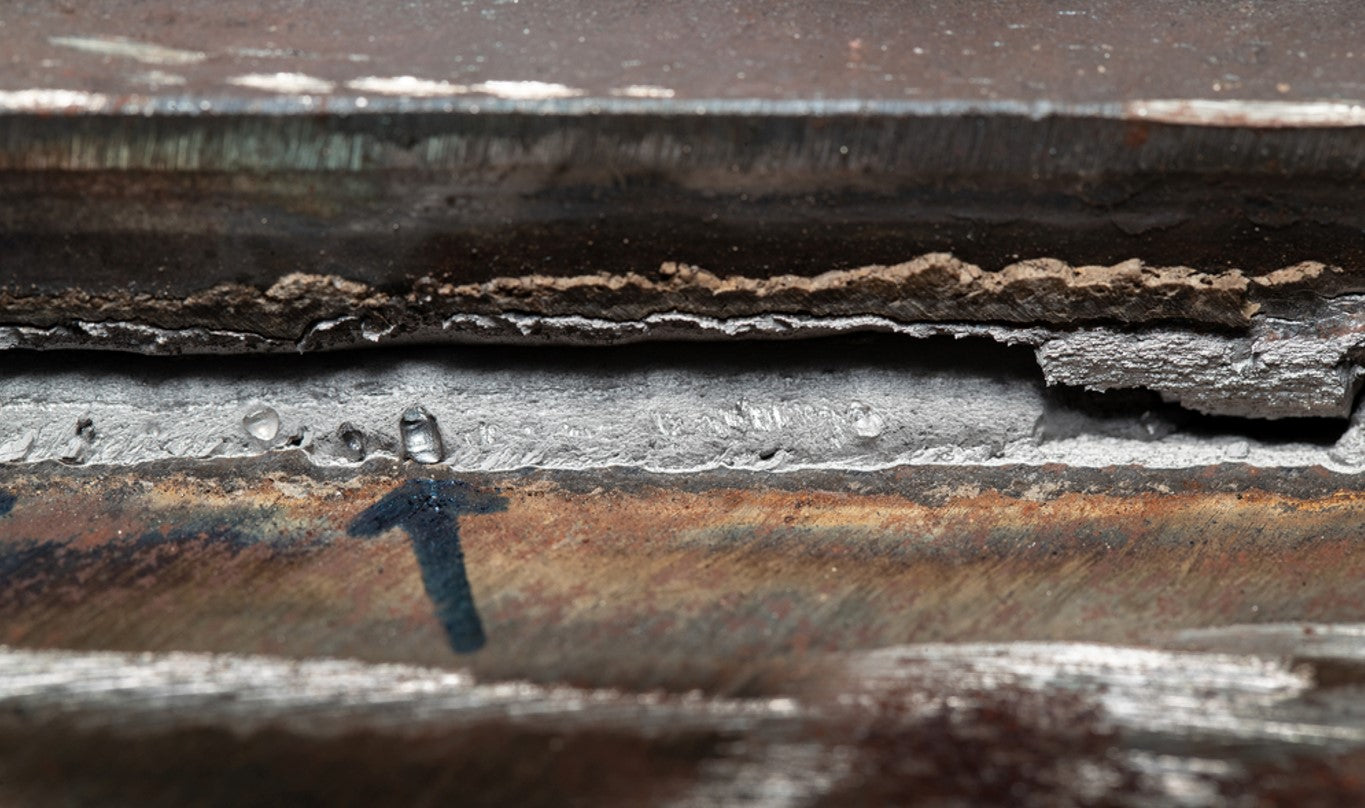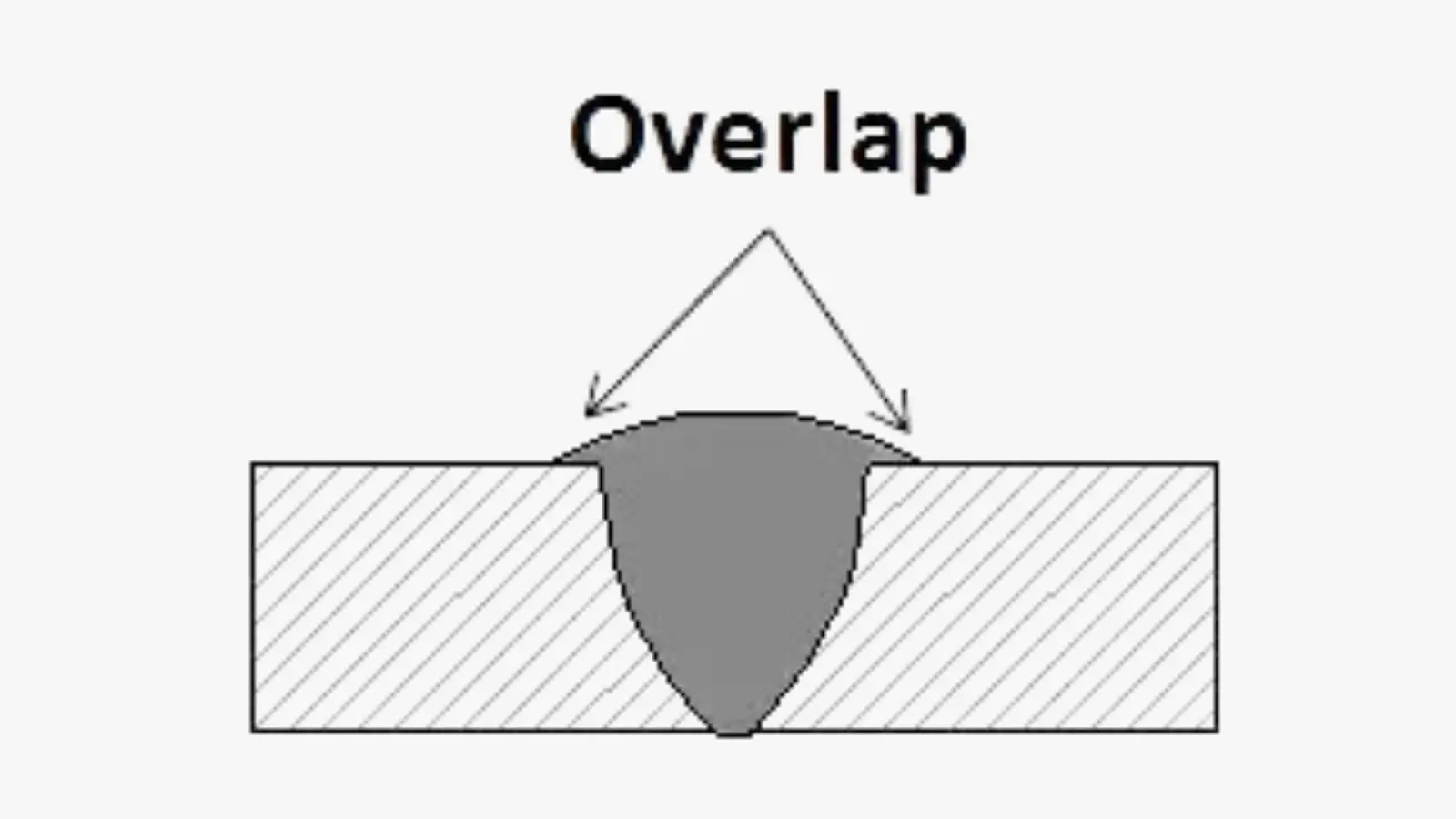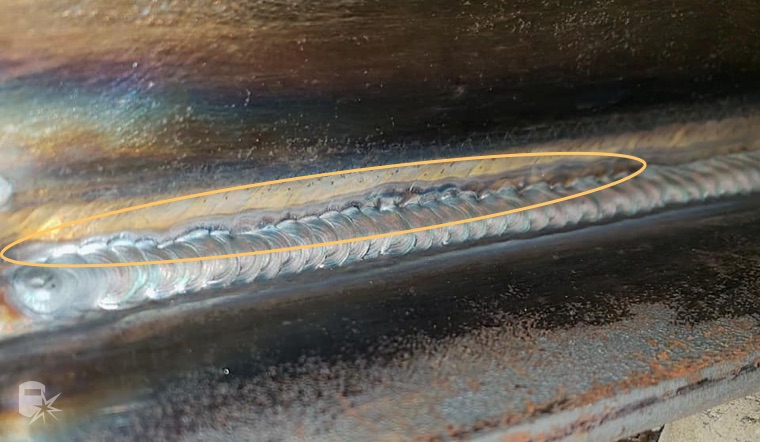Best Practices for Preventing Weld Undercut: Grasping the Fundamentals
Best Practices for Preventing Weld Undercut: Grasping the Fundamentals
Blog Article
A Comprehensive Overview to Identifying, Fighting, and Dealing With Undercut Welding Problems in Your Welding Jobs
In the realm of welding, experiencing undercut concerns is an usual difficulty that can compromise the structural integrity and overall high quality of your welding tasks. Comprehending the source behind undercut welding, being able to properly detect it in your welds, and carrying out reliable preventative steps are vital abilities for any welder. Furthermore, having the knowledge and strategies to remedy undercut troubles when they do take place can make a substantial difference in the final result of your welding undertakings. Stay tuned as we check out the crucial components of determining, preventing, and fixing undercut welding troubles, supplying you with useful insights and strategies to raise your welding skills to the following level.
Typical Causes of Undercut Welding
Undercut welding, a typical concern in welding processes, can be created by different aspects that need to be carefully recognized and addressed to ensure the honesty of the weld joint. One of the primary reasons of undercut welding is excessive heat input.
An additional common cause of undercut welding is improper welding method. Determining these root causes and implementing restorative measures is necessary in protecting against and fixing undercut welding troubles in welding projects.
Identifying Undercut in Welds

To recognize undercut properly, appropriate illumination and zoom tools are vital to check the weld joint completely. Making use of tools such as a welding gauge or a magnifying glass can help in discovering also the tiniest undercut blemishes. Furthermore, running a finger or a fingernail along the weld joint can in some cases disclose undercut, as the surface might feel unequal or have a dip where the undercut exists.
Precautionary Actions for Undercut
Having a deep understanding of the causes of undercut in welds permits for the implementation of efficient preventative measures to keep weld high quality and integrity. These settings should be enhanced to avoid excessive warmth input, which can lead to undercut formation.

Methods for Fixing Undercut

Boosting the welding current or decreasing the travel speed can assist load in the undercut. Furthermore, transforming the welding method from a press to a drag or vice versa can additionally help minimize undercut.
An additional strategy is to make use of a weaving motion while welding to make sure appropriate sidewall combination and fill in the undercut. By oscillating the welding arc from side to side within the weld joint, the welder can transfer much more filler material right into the undercut areas, properly removing the flaw.
Additionally, grinding out the undercut and rewelding the joint can be a practical remedy for extra serious undercut issues - Preventing weld undercut. This procedure involves removing the undercut section, preparing the base steel, and after that rewelding the joint with appropriate welding criteria and methods to avoid undercut from reoccurring

Professional Tips for Staying Clear Of Undercut
Utilizing appropriate welding methods and preserving control over crucial welding criteria are important methods for welders intending to avoid undercut in their weld joints. Additionally, choosing the suitable welding procedure and filler steel for the details application can aid stop undercut. Keeping a constant travel speed during the welding process is one more necessary idea to avoid undercut.
Conclusion
To conclude, identifying, preventing, and repairing undercut welding issues in your welding projects is vital for making sure resilient and solid welds. Preventing weld undercut. By recognizing the typical reasons for undercut, being able try this site to identify it in welds, applying safety nets, and making use of proper methods for fixing undercut, Learn More Here you can avoid potential concerns and create high-quality welds. Following specialist tips for avoiding undercut can aid you boost your welding abilities and produce better results in your projects
Undercut welding, a typical problem in welding procedures, can be created by different variables that need to be thoroughly recognized and dealt with to make certain the stability of the weld joint. Additionally, running a finger or a fingernail along the weld joint can in some cases disclose undercut, as the surface area might feel irregular or have a dip where the undercut exists.
Using appropriate welding techniques and preserving control over essential welding criteria are essential methods for welders intending to protect against undercut in their weld joints.In final thought, recognizing, protecting against, and dealing with undercut welding problems in your welding jobs is essential for making sure strong and long lasting welds. By recognizing the typical reasons of undercut, being able to determine it in welds, executing preventive actions, and using proper methods for repairing undercut, you can avoid possible issues and produce top quality welds.
Report this page